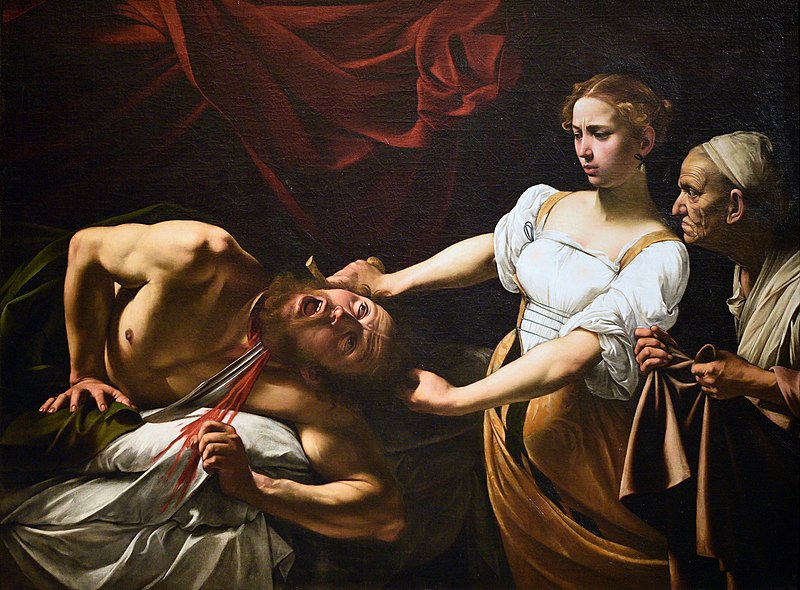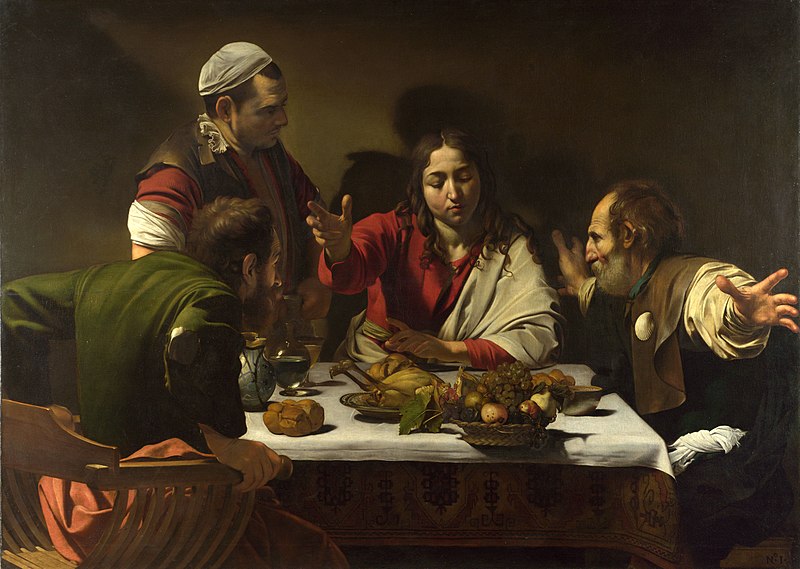Caravaggio, the iconic Baroque artist of the late 16th and early 17th centuries, left an indelible mark on the art world through his revolutionary use of chiaroscuro.

| ArtistCaravaggioYear1599–1600MediumOil on canvasDimensions322 cm × 340 cm (127 in × 130 in)LocationSan Luigi dei Francesi, Rome |
|---|
Chiaroscuro, derived from the Italian words “chiaro” (light) and “scuro” (dark), refers to the technique of juxtaposing light and shadow to create a dramatic and heightened sense of realism in art. Caravaggio’s works are exemplary in their mastery of chiaroscuro, transforming ordinary scenes into compelling narratives through the manipulation of light and shadow.

| Artist | Caravaggio |
|---|---|
| Year | c. 1598–1599 or 1602 |
| Medium | Oil on canvas |
| Dimensions | 145 cm × 195 cm (57 in × 77 in) |
| Location | Galleria Nazionale d’Arte Antica at Palazzo Barberini, Rome |
One of Caravaggio’s defining characteristics is his bold and innovative approach to lighting. In his masterpiece, “The Calling of Saint Matthew,” he skillfully employs chiaroscuro to cast an ethereal light that dramatically illuminates the central figures while plunging the background into deep shadow. This stark contrast not only emphasizes the divine moment of Matthew’s calling but also creates a profound emotional impact on the viewer.

| Artist | Caravaggio |
|---|---|
| Year | 1601 |
| Medium | Oil on canvas |
| Dimensions | 141 cm × 196.2 cm (56 in × 77.2 in) |
| Location | National Gallery, London |
Caravaggio’s use of chiaroscuro goes beyond mere technical prowess; it becomes a narrative device. In “Judith Beheading Holofernes,” the intense light falling on Judith’s face and the gleaming sword creates a focal point, heightening the tension and brutality of the scene. The surrounding darkness amplifies the psychological drama, drawing the viewer into the harrowing act.
The chiaroscuro technique becomes a powerful tool for Caravaggio to convey the play of emotions on his subjects’ faces. In “The Supper at Emmaus,” the radiant light falling on the resurrected Christ’s face and the shocked expressions of his disciples capture the profound moment of recognition. Caravaggio’s ability to use light and shadow as emotive elements enhances the psychological depth of his characters, making them relatable and engaging.
Caravaggio’s chiaroscuro technique extends beyond religious themes to his genre paintings, such as “The Cardsharps.” Here, the masterful interplay of light and shadow becomes a visual metaphor for the moral ambiguity of the scene. The stark illumination on the young cheat’s face contrasts with the shadowy backdrop, emphasizing the deceptive nature of the game.

| ArtistCaravaggioYearc. 1594MediumOil on canvasDimensions94 cm × 131 cm (37 in × 52 in)LocationKimbell Art Museum, Fort Worth |
|---|
In conclusion, Caravaggio’s contribution to art, particularly through his groundbreaking use of chiaroscuro, remains unparalleled. His ability to infuse ordinary scenes with extraordinary drama and emotion elevates his works to timeless masterpieces. Through the manipulation of light and shadow, Caravaggio not only created visually stunning compositions but also pioneered a new way of storytelling in art, leaving an enduring legacy that continues to inspire and captivate audiences centuries later.
